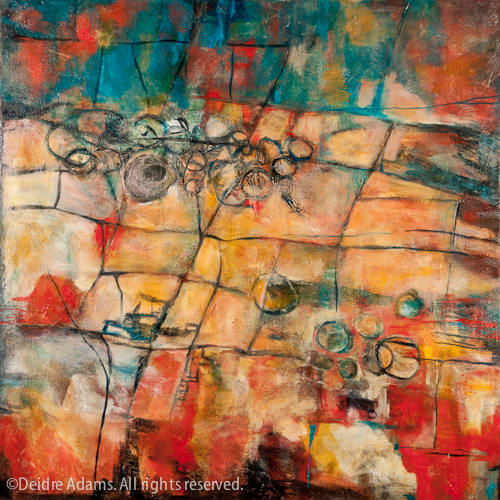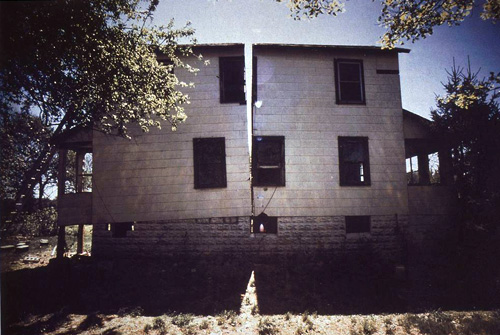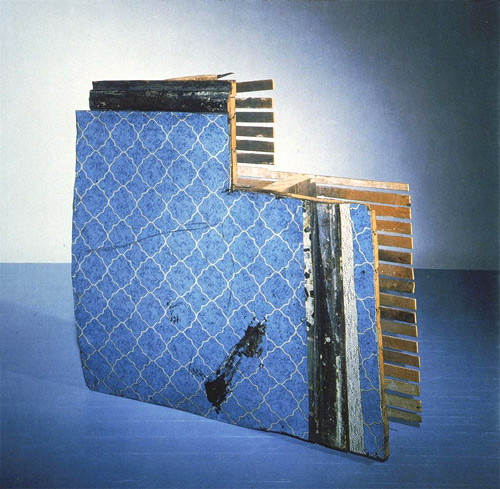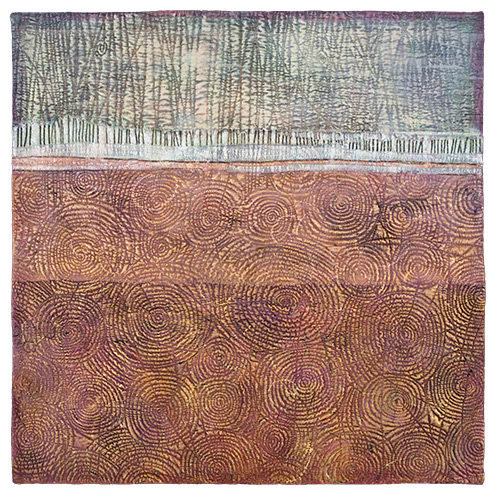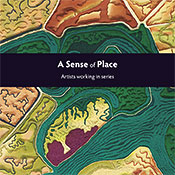[i]
Matta-Clark was trained as an architect, having received a B.A. in architecture from Cornell University in 1968. But he spent a lot of time in the company of artists while in college, and he expressed some disaffection with the field of architecture, and especially with the type of modernist ideas he encountered there. After leaving Cornell, Matta-Clark moved to New York City, to an area now known as SoHo but which was then called the South Houston Industrial area. At that time, the area was in a state of decline, a prime example of urban decay, with numerous abandoned buildings and streets lacking lighting and maintenance. Since the 1950s, artists had been attracted to the area for the cheap rents, living illegally in buildings zoned for commercial, not residential use. In the late 1960s, the city’s urban planners and wealthy landowners wanted to transform the area into a modern corporate and financial center, an idea which was met with no small resistance by the inhabitants.
At this time, much of Matta-Clark’s work involved a spirit of community, calling attention to the plight of the poor and homeless and involving neighbors and other artists in the work’s creation. He had several ideas for making building materials from discarded bottles and other trash, with thoughts of developing some of these ideas into places for the homeless to live.[ii] He explained his motivation:
As a native New Yorker my sense of the city as home runs deep … [and] my attitudes are still keener as regards an awareness of prevailing conditions and their need for improvement. Among the conditions my training and personal inclination have taught me to deal with is neglect and abandonment. There are words which when applied to children or human beings of any age evoke a profound call for alarm and rectification, yet when existing in massive proportions throughout our urban environment evokes only bureaucratic or juridic ambivalence and in-action.[iii]
Matta-Clark’s ideas about the social content of his work grew clearer to him as he progressed in his career. In a 1976 interview with Donald Wall, after he had done several building-cut projects, he reiterated his commitment to fighting against what he saw as a flawed system:
By undoing a building there are many aspects of the social conditions against which I am gesturing: first, to open a state of enclosure which had been preconditioned not only by physical necessity but by the industry that profligates suburban and urban boxes as a context for insuring a passive, isolated consumer—a virtually captive audience.[iv]
In 1975, Matta-Clark began work on Conical Intersect, one of his more complex building interventions. In Paris at this time, the old section of the city known as Les Halles was being demolished to make way for modernization, including the building of the then-controversial Centre Georges Pompidou. Matta-Clark obtained permission to work on two 17th-century houses that were the last to be demolished to make way for the modernization project.
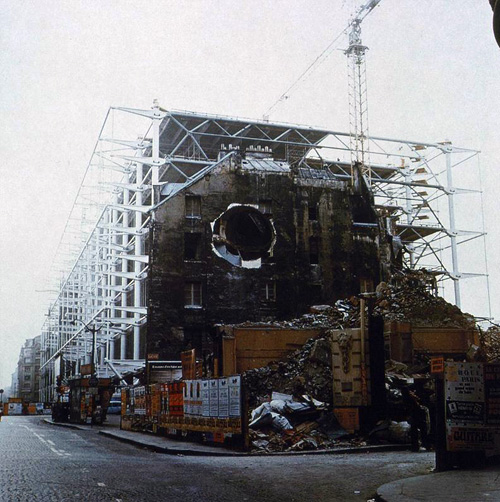
Gordon Matta-Clark, Conical Intersect, 1975
Having been to the Pompidou myself last summer, I found this especially interesting. The pictures are fascinating, but how amazingly cool it would have been to be able to experience this first-hand. These works could only exist, and for only a short time, because they would subsequently be destroyed. All that remains are photographs and film of the process.
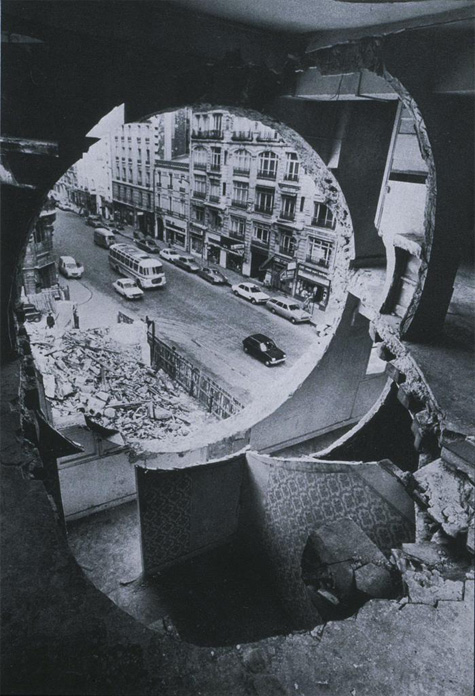
Interior view of Conical Intersect
I can’t help feeling nostalgic when older buildings are demolished to make way for the new. I know that’s a kind of sentimental attitude, and we must have progress and all that, but I just like the character of old buildings better than new ones. If I never saw what was there before, of course I couldn’t give that too much thought, but Gordon Matta-Clark did want people to think about that, and that’s why I love his work so much.
_______________
*Deconstruction is a literary theory credited to Jacques Derrida, who is maddeningly difficult to read. I found a very understandable explanation of deconstruction in Literary Theory for the Perplexed by Mary Klages. (Wow – Amazon seriously wants $132 for this book? Good thing we have libraries!)
______________________________________________________________________________________________________________
[i]Gordon Matta-Clark, Interview by Donald Wall, 1976, in “Gordon Matta-Clark’s Building Dissections,” in Gordon Matta-Clark: Works and Collected Writings, ed. Gloria Moure (Barcelona: Ediciones Poligrafa, 2006), 58.
[ii]Christian, Scheidemann, “Material and Process: Gordon Matta-Clark’s Object Legacy, in Gordon Matta Clark: You are the Measure. Exhibition catalog published by the Whitney Museum of American Art (New Haven: Yale University Press, 2007), 119.
[iii]Gordon Matta-Clark, notes from the Estate of Gordon Matta-Clark, quoted in Judith Russi-Kirchner, “The Idea of Community in the Work of Gordon Matta-Clark,” in Gordon Matta-Clark, ed. Corinne Diserens (London: Phaidon Press Limited, 2003), 148.
[iv]Matta-Clark, Wall interview, 57.


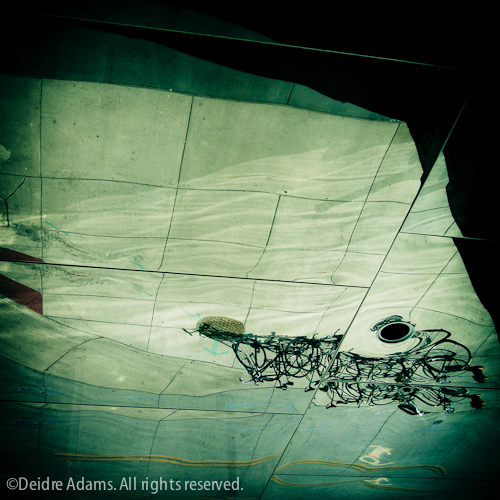 Bicycle Rack, ©2008 Deidre Adams
Bicycle Rack, ©2008 Deidre Adams
